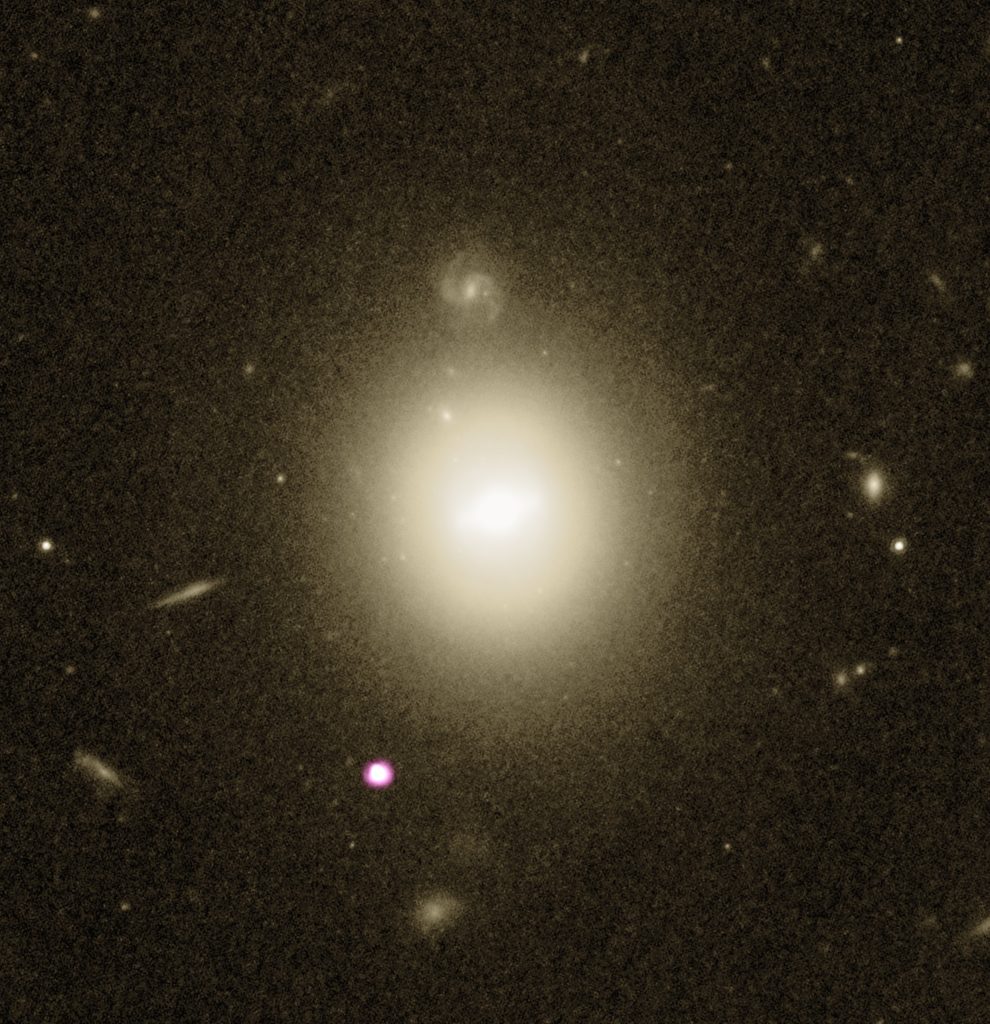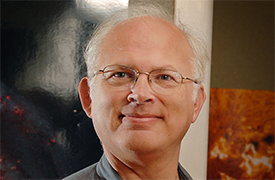From the August 2018 Desktop News | An astronomer at UA is part of an international team of researchers who found a mid-sized black hole, a cosmic oddity in observations of the universe. The finding, which demonstrates an effective method to detect this class of black holes, was announced recently in the journal Nature Astronomy. Two types of black holes are well-known. Massive stars create stellar-mass black holes when they die, while galaxies host supermassive black holes at their centers, with masses equivalent […]
Read More from UA Astronomer Helps Discover Elusive Black Hole

